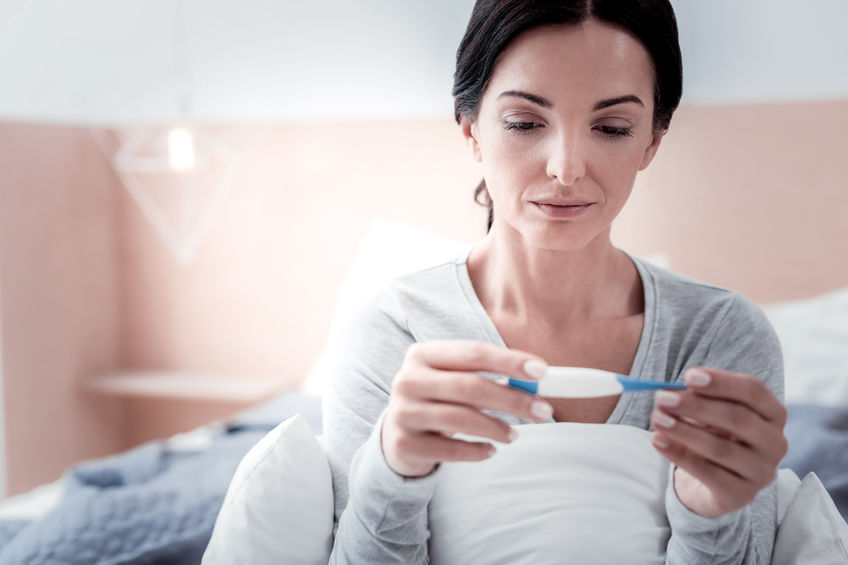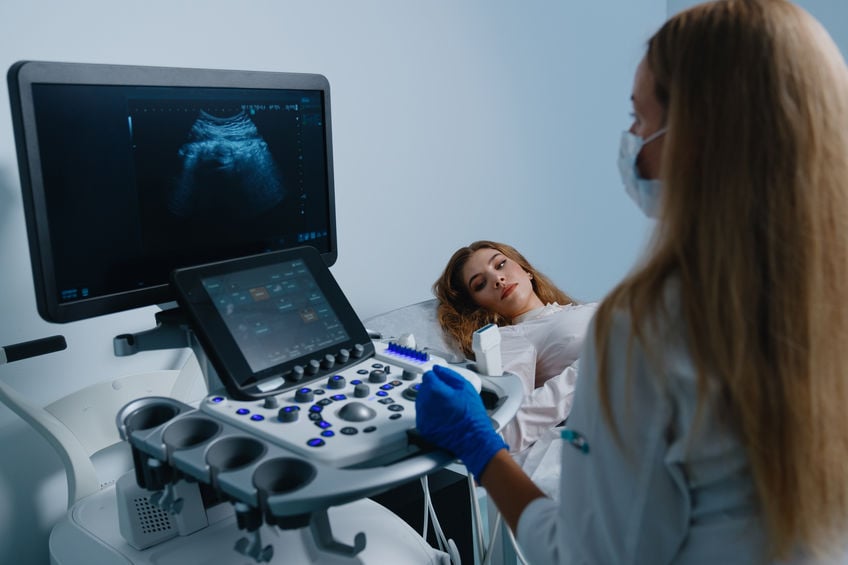Testing Ovarian Reserve
After trying to get pregnant for at least a year without success, some couples will turn to a fertility specialist to determine the reason for infertility. After a physical examination, the doctor will often order blood work to check various hormone levels. Anti-müllerian hormone (AMH) testing can help determine the size of a woman’s ovarian reserve or how many eggs remain. However, the AMH test does not predict whether a woman can still get pregnant. With in vitro fertilization (IVF), a baby is still possible even with low AMH levels.

AMH deep dive
In females, AMH is made by the ovaries. In young, healthy females, AMH levels should be high, indicating a good supply of remaining eggs for ovulation and fertilization. However, as a woman ages, the number of eggs naturally decreases, which causes AMH levels to decline. In some cases, the decline happens sooner than expected, leading to primary ovarian insufficiency and an inability to get pregnant. An AMH blood test provides women and healthcare providers with the information needed to make an informed decision about future pregnancy plans.
Causes and symptoms of low ovarian reserve
The most well-known cause of low AMH is aging. Other possible causes include genetic disorders that affect the X chromosome, radiation, chemotherapy, loss of an ovary, and certain autoimmune conditions like lupus. Some women with primary ovarian insufficiency may experience hot flashes, irregular menstrual periods, or vaginal dryness, but in many cases, the condition is asymptomatic. An inability to get pregnant after a period of trying is often the most significant indicator that egg quantity is low.
Understanding AMH results
In women, AMH levels typically peak at age 25 and then slowly decline. The AMH test results provide information about the number of eggs remaining and whether the ovaries are aging quicker than expected. The test can also help determine how well the ovaries may respond to IVF treatment, with higher levels more likely to lead to successful conception.
Getting pregnant with IVF
If a low AMH level is identified, the doctor will likely recommend fertility treatment. This is especially true if the couple has been trying to get pregnant for some time without success. In vitro fertilization is considered the gold standard for low ovarian reserve. With this procedure, the woman is given fertility medication to stimulate egg growth. The mature eggs are then retrieved and combined with a sperm sample in the lab to create an embryo. If successful, the resulting embryo is transferred back into the uterus in hopes of implantation.
Is IVF effective with low AMH?
Although AMH testing can indicate how many eggs remain, the test does not provide information about egg quality. Since only a single healthy egg is needed to achieve a pregnancy, women with low AMH can still conceive. Studies show that chronological age plays a role, with older women having less success than younger women when pursuing IVF with low AMH. That said, all individuals with low AMH should be allowed to consider the possibility of IVF treatment.
Working with your results
Discussing the risks, benefits, and chances of success with a doctor can help women with low AMH make an informed choice about proceeding with fertility treatment. Women who do not have success with traditional IVF can consider egg donation or surrogacy to grow a family. AMH levels provide information about the ovarian reserve, but a low result does not mean pregnancy is impossible. With fertility treatment, women with low levels of the hormone can still conceive.





